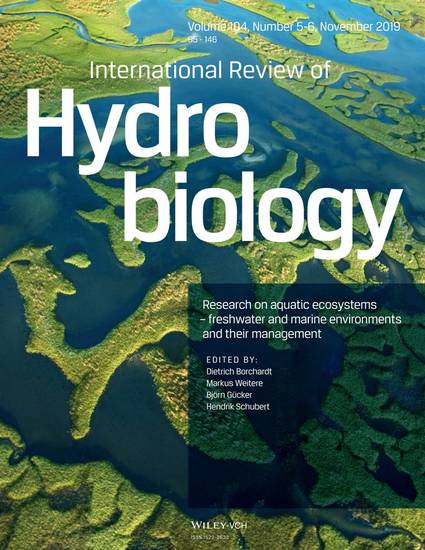
Article
Effects of Ultraviolet Radiation and Nutrient Additions on Periphyton Biomass and Composition in a Sub‐Alpine Lake (Castle Lake, USA)
International Review in Hydrobiology
(2001)
Abstract
Rising levels of ultraviolet radiation (UVR) striking the Earth's surface have led to numerous studies assessing its inhibitory effects on phytoplankton and periphyton in aquatic systems. Mineral nutrients such as nitrogen (N) and phosphorus (P) have been shown to increase aspects of algal metabolism and compensate for UVR inhibition. An in situ substratum enrichment technique and UV shielding was used to assess the effects of nutrient additions on periphyton exposed to different levels of UVR in Castle Lake, California during July-August, 1997. UV shielding had no effect on total periphyton biomass, but caused shifts in species composition. The dominant periphyton species, Anabaena circinalis RAB., demonstrated sensitivity to ambient levels of UV radiation possibly due to UV inhibition of N2 -fixation. Total diatom biovolume decreased when shielded from UVR. Phosphorus additions continually elicited an increase in periphyton biovolume at all levels of analysis. These results suggest an interaction between nutrient status/availability and UV sensitivity.
Keywords
- ultraviolet radiation,
- nutrients,
- periphyton
Disciplines
Publication Date
2001
DOI
https://doi.org/10.1002/1522-2632(200104)86:2%3C147::AID-IROH147%3E3.0.CO;2-Y
Citation Information
Higley, B., H.J. Carrick, M. Brett, C. Luecke, and C.R. Goldman. 2001. Effects of ultraviolet radiation and
nutrients on periphyton growth in Castle Lake, California. Internat. Review in Hydrobiol. 86:147-163.
